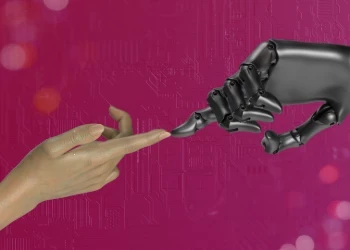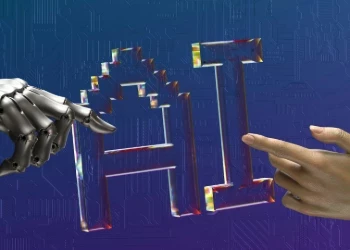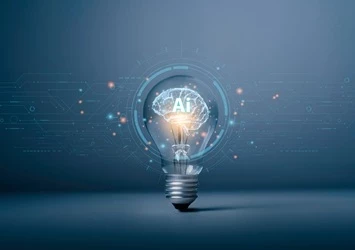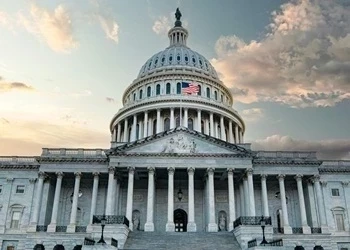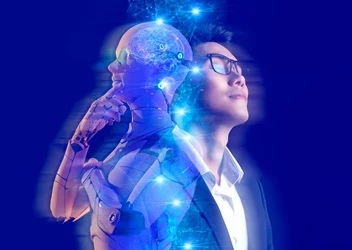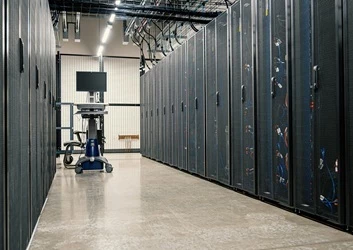Instacart: Delivering Incredible Customer Experiences with Advanced Analytics and Machine Learning
How Instacart uses predictive analytics to streamline delivery operations
Add bookmark
2020 was a momentous year for grocery delivery app Instacart. As people hid away in their homes, they heavily relied on delivery services to bring them vital items such as food, medicine and home supplies. As the pandemic raged on into 2021, Instacart has kept up the momentum and recently received a valuation of $39 billion, having doubled twice over the past year.
Part of what makes Instacart so popular is its seamless customer experience. However, behind the scenes lies a complex data infrastructure capable of not only tracking millions of customer and paid shopper interactions per day, but inventory from 40,000 physical store locations in the United States and Canada as well as an advertising engine. In addition, Instacart’s data scientists are continuously developing new predictive models and algorithms to help optimize the user experience.
Predictive Analytics in Action
For example, to predict the likelihood that popular items are in stock at any location at any given time, Instacar’s data scientists developed its Item Availability Model. According to a recent article in IEEE Spectrum written by two Instacart machine learning (ML) developers, the model “looks at the history of how often our shoppers are able to purchase the items consumers order most. For each, it calculates an availability score ranging from 0.0 to 1.0; a score of 0.8 means the item has an 80 percent chance of being found in the store by a shopper.”
If a customer selects an item with a low availability score, a second machine learning (ML) algorithm, the “Item Replacement Recommendation Model,” automatically prompts the customers to select a backup item just in case the first-choice item is sold out.

*Image sourced from https://spectrum.ieee.org/artificial-intelligence/machine-learning/the-algorithms-that-make-instacart-roll
On the shopper-side, Instacart uses prescriptive, heuristics-based analytics to map out which items the shoppers should pick up first. Not only does this help Instacart optimize efficiency, but also ensures they pick up frozen and hot items last.
And this is only the tip of the iceberg. Amongst many other projects, Instacart also developed and deployed:
- Matching Algorithms. Designed to help minimize wait times and ensure that the right shopper is assigned to the right task (i.e. they have a car, are over 21, etc.), it uses ML to try to balance the number of shoppers with customer demand in real time.
- Capacity Models. Essentially predicts supply (# of shoppers) and demand (# of customer orders). For example, when the weather is bad, customer demand increases while the number of shoppers available decreases due to shift cancellations. The opposite is true when the weather is good: the number of shoppers increases while the demand decreases. This algorithm helps them manage this equilibrium.
- Delivery Fulfillment Model. By applying predictive analytics to external data such as weather, traffic with historical data, Instacart can accurately predict when an order will arrive at its final destination. The key ingredient with these models are gradient boosting decision trees as they can be scaled to deliver many millions of predictions per minute. They also have separate drive time, routing and parking time models to increase the accuracy of these predictions.
From Advanced Analytics to the Intelligent Enterprise
During the pandemic, Instacart’s constellation of predictive models and ML algorithms help it scale up as demand rapidly hit an unprecedented high. As the COVID-19 crisis continues and people grow more accustomed to the convenience of having their groceries delivered, these data and analytics tools help the continuously improve the customer and shopper experience as they continue to evolve and “learn” from experience.
However, this is just the beginning when it comes to innovation at Instacart. According to a report by the Financial Times, Instacart is looking to use the vast amounts of shopper data they collect to automate the picking process. Instead of sending human shoppers out to buy products in regular markets, robots would select and pack items from dark warehouses.
As one can imagine, Instacart’s retail partners and 500,000+ paid shoppers are not thrilled about this prospect. However, it should be noted that Walmart, Kroger and Albertsons, amongst many other grocery and consumer goods chains, are also starting to pilot robots for warehousing and inventory management purposes.
As for the future of Instacart, sources quoted in the FT piece do anticipate it will start piloting 50 dark warehouses in the next year. They've also rolled out a new enterprise solution that uses Instacart software and backend logistics to power retailers’ e-commerce sites, digital loyalty programs and online catalogs. In addition, in early 2021, Instacart purchased over 250 patents from IBM, hinting at a desire to push innovation as rapidly as possible before its hotly anticipated IPO [or, perhaps, direct listing].
Until now, Instacart’s commitment and embrace of cutting-edge data and analytics techniques have enabled it to thrive in an incredibly competitive environment. As high tech competitors such as Amazon and Walmart seek to dominate the grocery and consumer goods delivery playing field, it will be interesting to see how Instacart responds and evolves to these growing threats. Will they emerge as a highly profitable, tech-enabled industry partner? Or will its business model be rendered obsolete as grocery retailers look to alternative modes of delivery.
Don't miss out on our latest event updates and content. Become a Member of the AI, Data & Analytics Network today!













